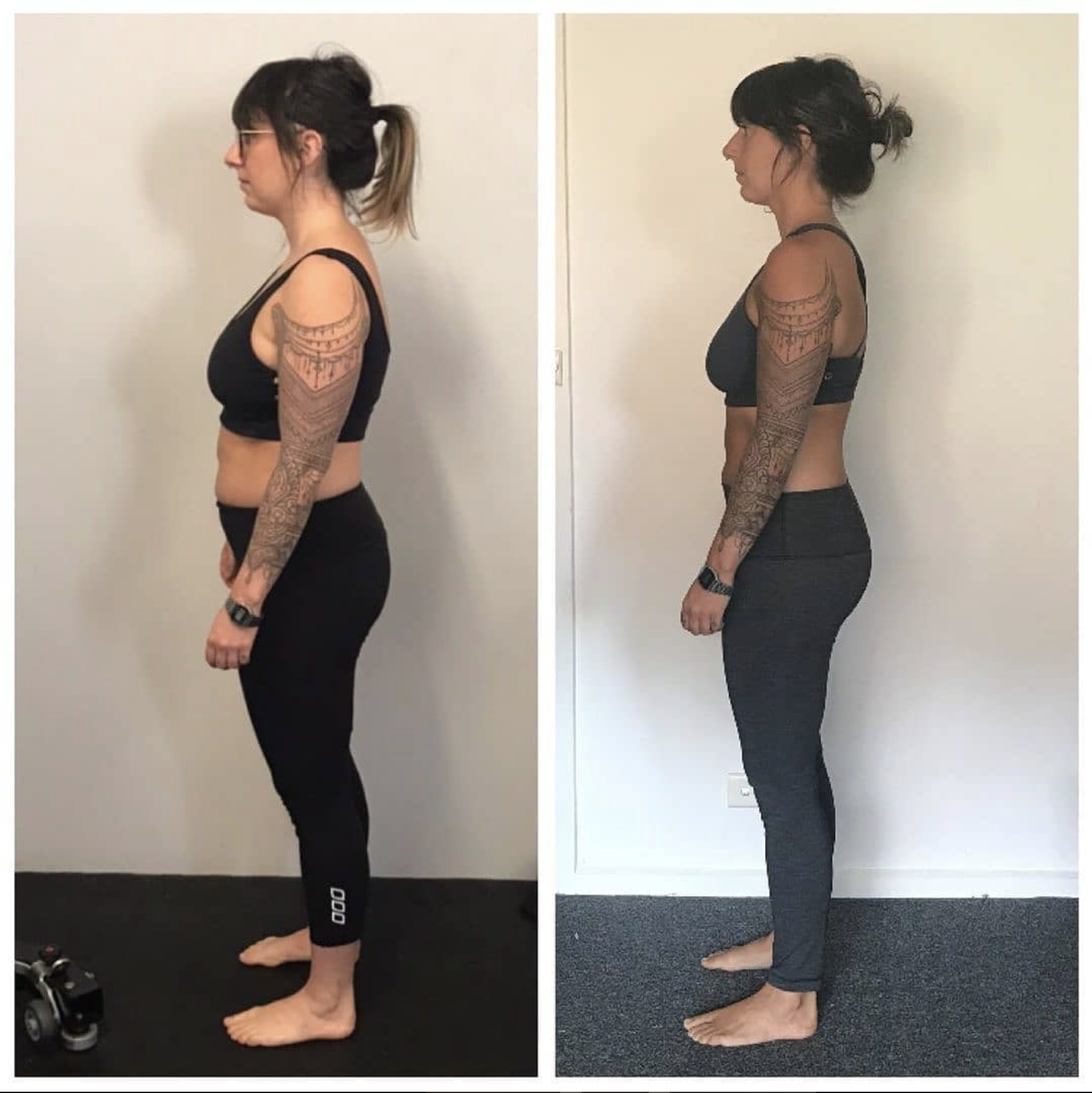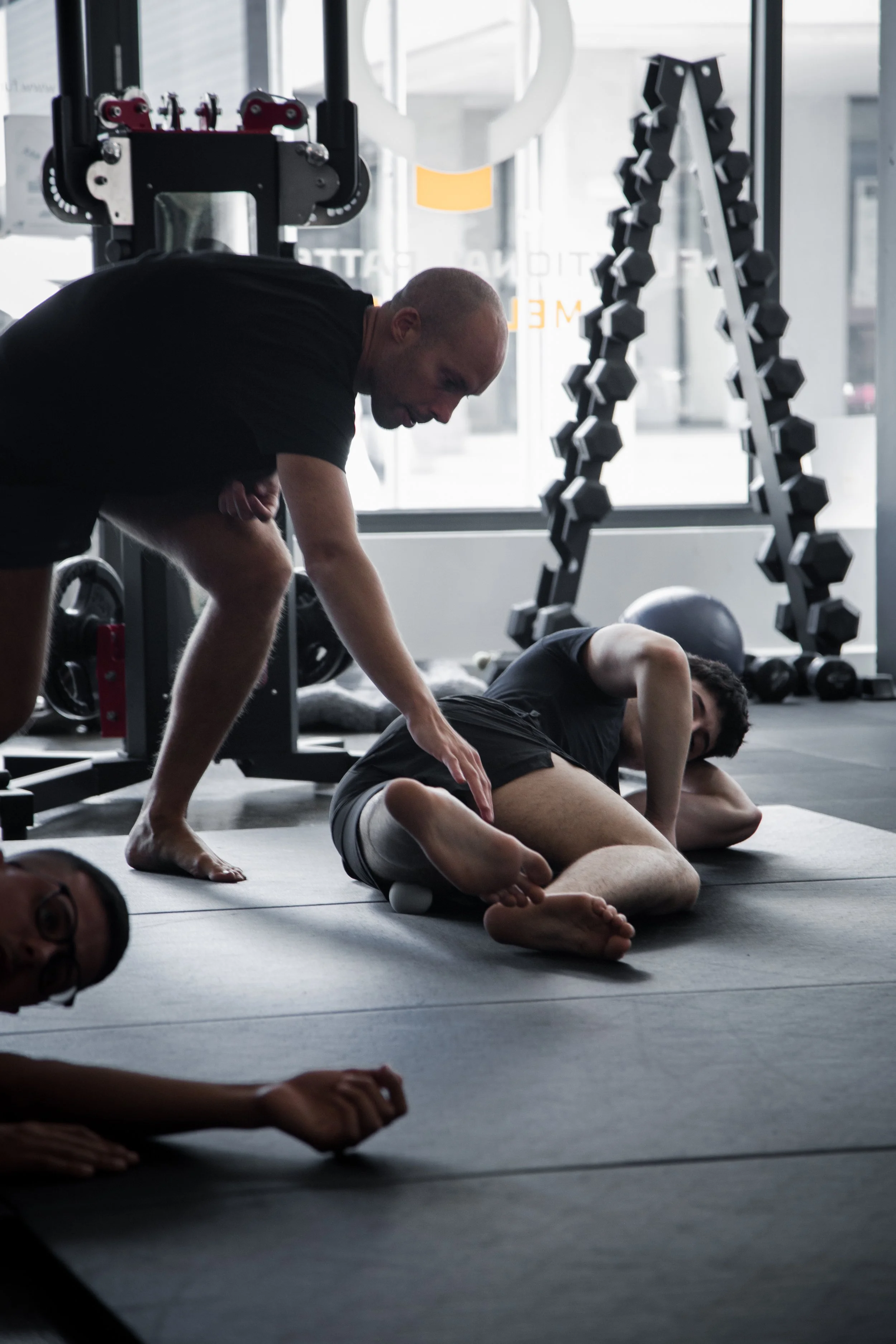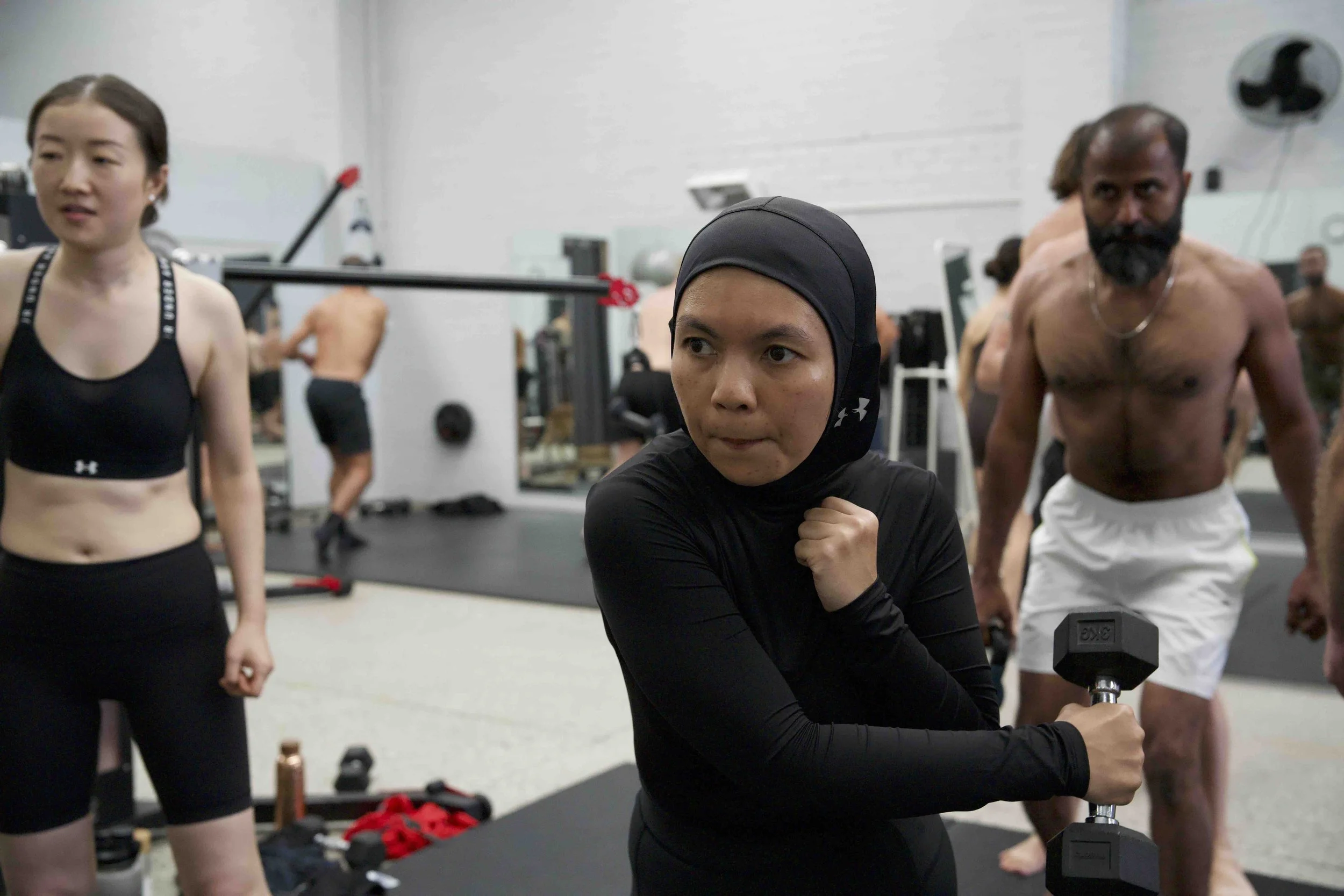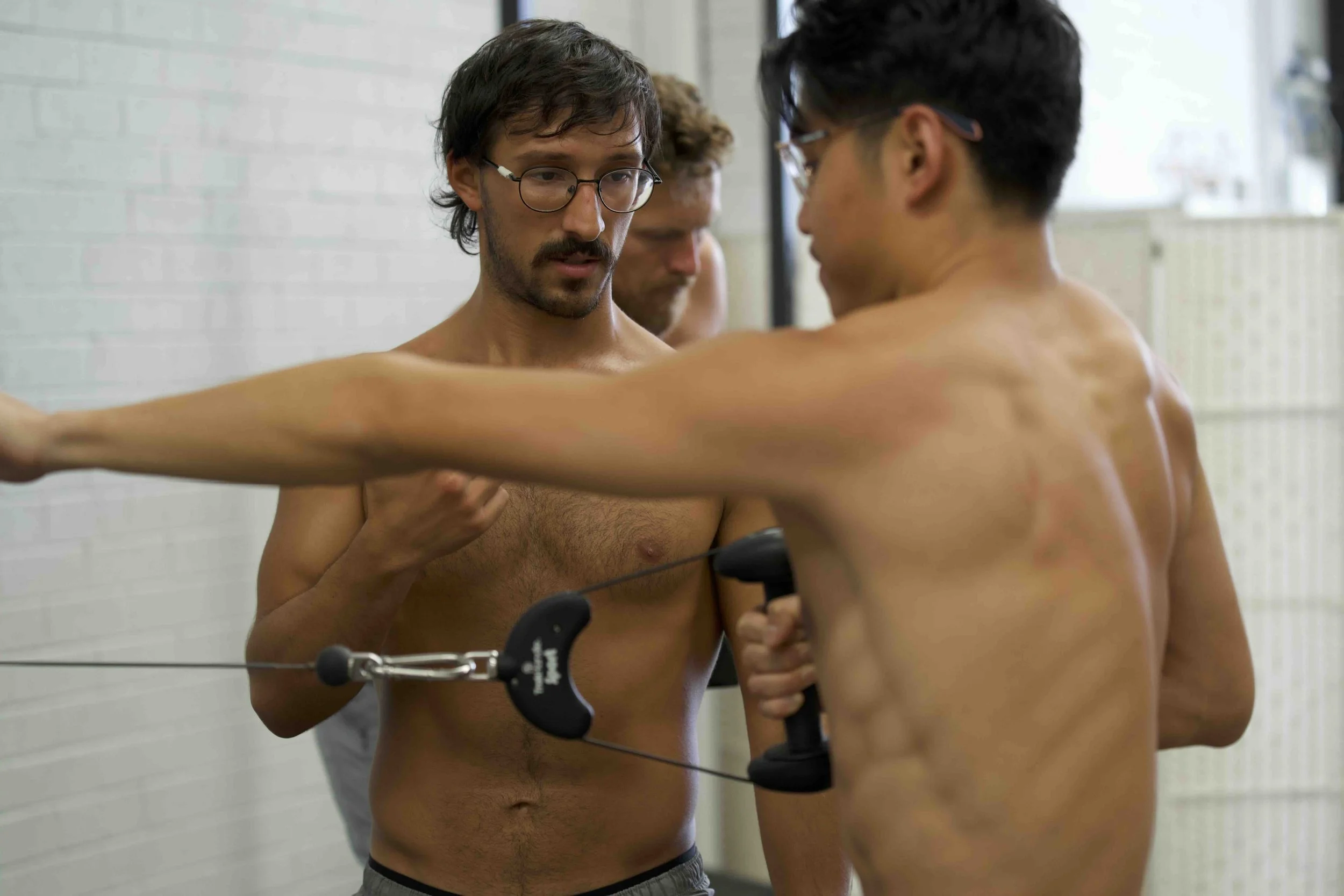Discover the Differences: Physio vs Functional Patterns explained
When it comes to improving movement, eliminating pain, and building a resilient body, many Melburnians turn to physiotherapy. While traditional physio can help manage pain and aid recovery, it often falls short in delivering long-term, lasting change.
That’s where Functional Patterns Melbourne stands apart. More than just another training method, it’s a results-driven system designed to correct the root causes of dysfunction — helping you move, feel, and perform better for life.
Let’s explore how physio vs Functional Patterns Melbourne compare — and why more people are choosing Functional Patterns for sustainable results.
An overview of each system
physiotherapy
Physiotherapy focuses on diagnosing and treating pain, injury, or postural problems through manual therapy and targeted exercises. It’s an excellent choice for acute rehabilitation, particularly after surgery or injury.
However, physiotherapy often targets symptoms rather than systems. Once pain subsides, treatment usually ends — even if the underlying movement dysfunction that caused the pain remains. This can lead to recurring problems, compensations, or chronic pain cycles.
functional patterns
Functional Patterns (FP) takes a completely different approach. Instead of chasing symptoms, FP targets the biomechanical root cause of dysfunction — retraining your body to move the way it was designed to.
Developed by Naudi Aguilar, the system integrates biomechanics, myofascial release, and human movement science to restore structural balance. The goal isn’t temporary relief — it’s long-term, measurable improvement in how your body performs under real-life conditions.
In Melbourne, Functional Patterns practitioners work with everyone from office workers to athletes, helping clients achieve pain-free movement, better posture, and lasting functional strength.
Why Physiotherapy Often Falls Short
Traditional physio is excellent at managing pain — but pain is only the surface symptom of a deeper issue. For many, the same injuries or discomfort return months later because the body’s movement patterns were never corrected.
Most physiotherapy sessions focus on isolated muscles or short-term recovery timelines. Functional Patterns, however, recognises that the body works as an integrated system — where posture, gait, and breathing all influence how we move and feel.
That difference in perspective is what makes FP so effective for long-term change.
Myofascial Release Melbourne: More Than Muscle Work
Both physio and FP use myofascial release, but for entirely different purposes. In Functional Patterns Melbourne, myofascial release is used strategically — not just to relax tight areas, but to unlock structural restrictions that limit efficient movement.
By releasing fascia and then retraining your movement immediately after, FP ensures the body adapts to a new, improved pattern, not just temporary tension relief.
Pain Management Strategies that Last
Physiotherapy often uses pain management strategies like massage, stretching, or needling. These can help, but they rarely address why pain develops in the first place.
Functional Patterns looks deeper. FP practitioners analyse how you stand, walk, and breathe — finding the mechanical imbalances that create chronic tension or compression. When these patterns are corrected, pain resolves naturally because your body is finally moving as it should.
Functional Patterns: The Long-Term Solution
Functional Patterns Melbourne focuses on four key pillars of long-term change:
Postural Alignment – Rebuilding the structure of your body from the ground up.
Integrated Movement – Training your muscles to work together, not in isolation.
Biomechanical Efficiency – Reducing wear and tear by improving movement mechanics.
Sustainable Adaptation – Creating changes that stick, not fade when the session ends.
This approach builds a body that not only feels better but functions better under real-world conditions — walking, running, rotating, lifting, and more.
Movement Therapy Melbourne: Moving Beyond Traditional Rehabilitation
In traditional movement therapy, exercises are often static or repetitive. Functional Patterns redefines this by teaching you how to move efficiently in three-dimensional space — improving posture, coordination, and balance.
Every FP session in Melbourne is movement therapy in action, where the goal isn’t to “work out” but to reprogram how you move — creating visible, lasting structural change.
Strength and Conditioning Melbourne: Function Over Force
Strength training is common in both physio and gym programs, but FP focuses on strength that serves real-life function.
Functional Patterns Melbourne builds strength through movements that reflect human biomechanics — not arbitrary lifts. This ensures every rep improves posture, gait, and coordination, leading to strength that translates directly into performance and injury prevention.
Agility Training Melbourne: Move Like a Human, Not a Machine
Functional Patterns agility training focuses on fluid, natural motion — not robotic drills. By retraining the gait cycle and improving rotational power, clients become more agile, balanced, and reactive in daily life and sport.
This holistic approach makes FP a top choice for athletes seeking longevity and everyday individuals looking to move with confidence.
Why Functional Patterns Delivers Better Long-Term Results
Where physiotherapy often stops at symptom management, Functional Patterns continues until the system works as one.
FP is results-driven — practitioners use photo and video analysis to measure progress in posture, gait, and symmetry over time.
Clients at Functional Patterns Melbourne often experience:
Noticeable posture improvements within weeks
Long-term reduction in chronic pain
Greater movement efficiency
Improved strength and coordination
A body that feels lighter, stronger, and more connected
These are quantifiable outcomes, not temporary fixes.
Choosing the Right Path in Melbourne
If your goal is quick pain relief, physiotherapy may help.
But if you want lasting results — a body that stays pain-free, moves efficiently, and ages gracefully — Functional Patterns Melbourne offers the solution you’ve been looking for.
FP is more than a method. It’s a blueprint for long-term human optimisation.
Why Functional Patterns Melbourne Is the Smarter Long-Term Choice
In the debate of Physio vs Functional Patterns Melbourne, the difference lies in the results. Physiotherapy treats symptoms. Functional Patterns transforms systems.
By addressing the mechanics of how your body moves, FP creates permanent improvements in function, strength, and posture. It’s not a quick fix — it’s a complete re-education of how your body operates.
If you’re ready to move beyond managing pain and start building a truly functional body, Functional Patterns Melbourne is your next step.
Key Takeaways
Physiotherapy manages pain — Functional Patterns removes its root cause.
FP focuses on posture, movement, and biomechanics for lasting results.
Myofascial release, movement therapy, and functional strength combine for full-body transformation.
Results are measurable, visible, and sustainable.
Next Steps
Ready to see real, long-term change?
Book your consultation at Functional Patterns Melbourne and experience the results-driven system that’s transforming movement and performance across Australia.





